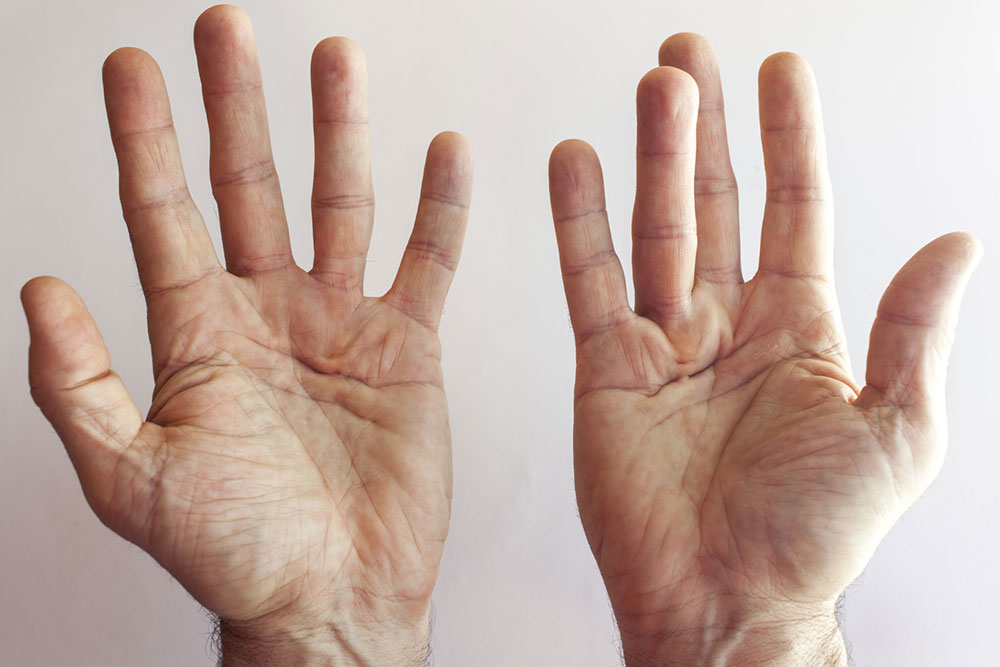Understanding Different Neurological Conditions and Their Origins
This comprehensive overview explains different neurological disorders, their causes—including infections, genetic factors, and injuries—and highlights symptoms to watch for. It underscores the global impact and importance of early diagnosis for these conditions.
Sponsored

Neurological disorders have various underlying causes. These include cerebrovascular events like strokes, congenital anomalies, hereditary factors, poor nutrition, trauma, infections, and other systemic issues affecting the central nervous system. Sometimes, no clear cause is identified, and such cases are labeled idiopathic. Medically, neurological conditions refer to diseases affecting the brain, spinal cord, cranial nerves, peripheral nerves, nerve roots, autonomic nervous system, neuromuscular junctions, and muscles. There are approximately 600 recognized neurological disorders, including common conditions such as Parkinson’s disease, Alzheimer’s, dementias, migraines, and other chronic headaches, as well as consequences of nutritional deficiencies and related issues.
Infections affecting the nervous system are particularly significant. Bacterial infections like tuberculosis and meningococcus can lead to severe conditions such as cerebral tuberculosis and bacterial meningitis. Viral infections including HIV, Enteroviruses, West Nile Virus, and Zika can also cause neurological damage. Parasites like malaria and Chagas disease, fungi such as Cryptococcus and Aspergillus, and infestations like tapeworm (Taenia solium) also contribute to neurological disorders. Sometimes, symptoms arise from the infection itself or as immune responses. Neurocysticercosis, caused by tapeworm larvae invading the brain, is common in countries with poor sanitation and pork consumption, but cases are also reported in developed nations.
Globally, millions suffer from neurological conditions. It is estimated that about 6 million deaths occur annually due to strokes, with over 80% in lower and middle-income countries. Dementia affects around 47.5 million people worldwide, while epilepsy impacts approximately 50 million. Each year, around 7-8 million new dementia cases are diagnosed. Additionally, around 10% of the global population experiences migraines. The symptoms vary depending on the affected area and disorder type. Key signs include paralysis, sensory loss, muscle weakness, seizures, cognitive difficulties, unexplained pain, and decreased alertness. Recognizing these symptoms early is vital for effective treatment.






